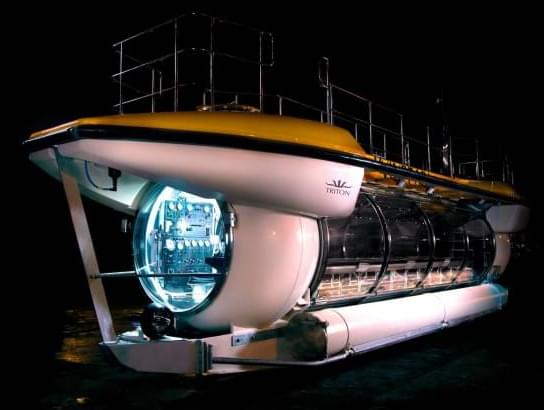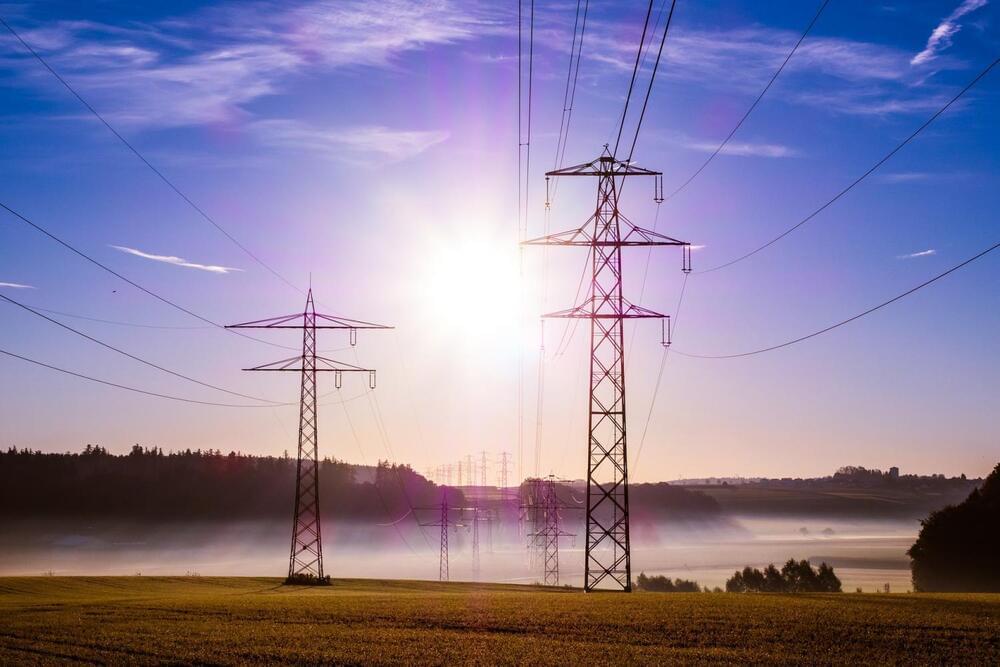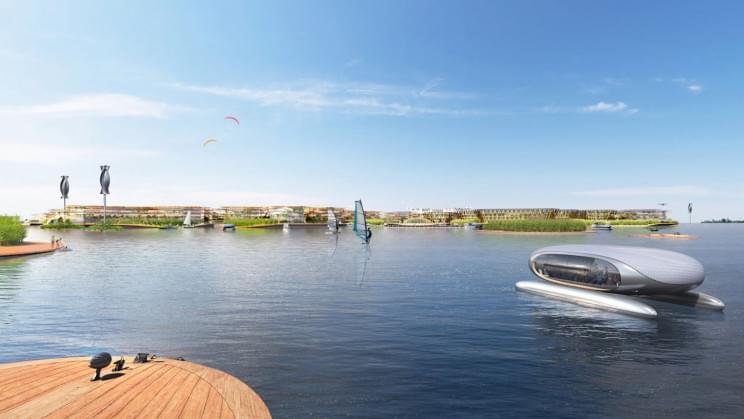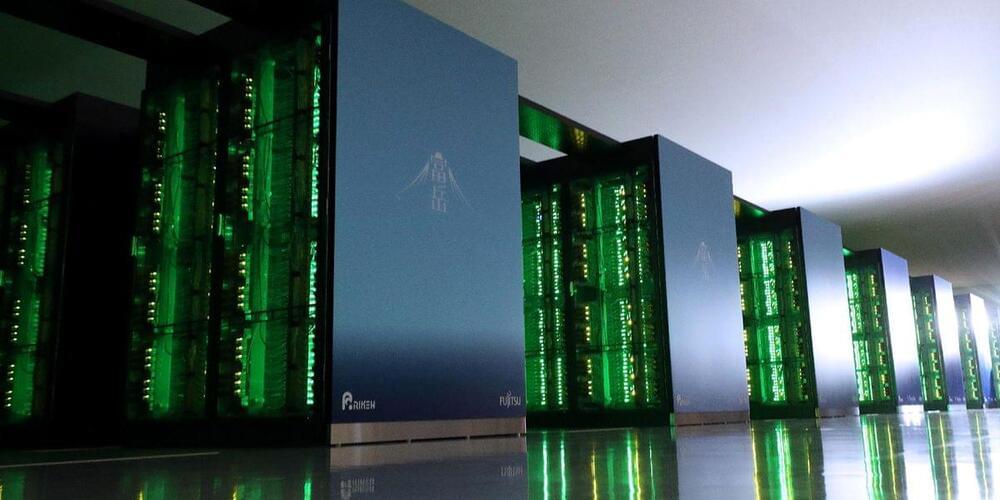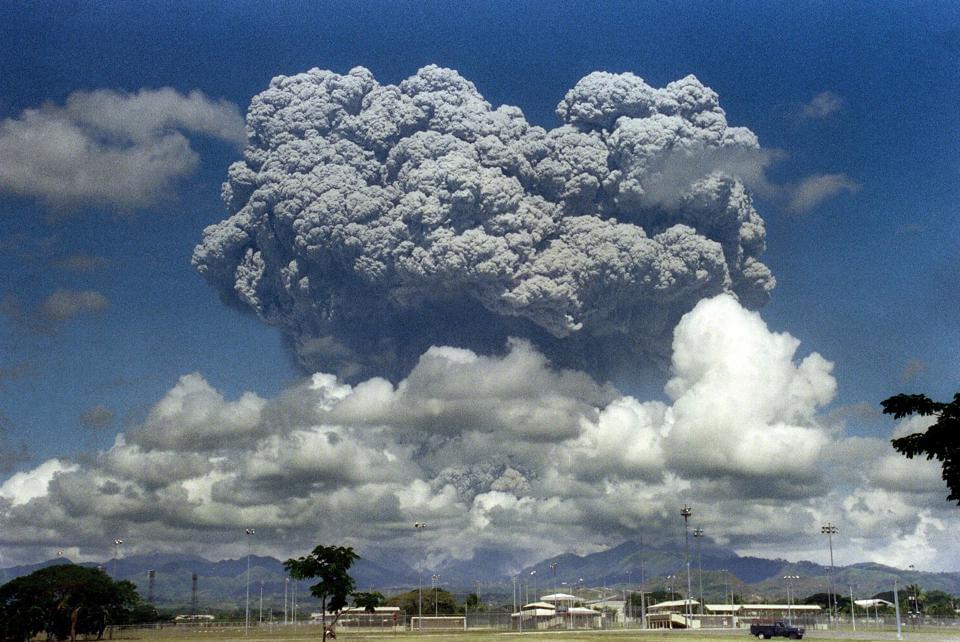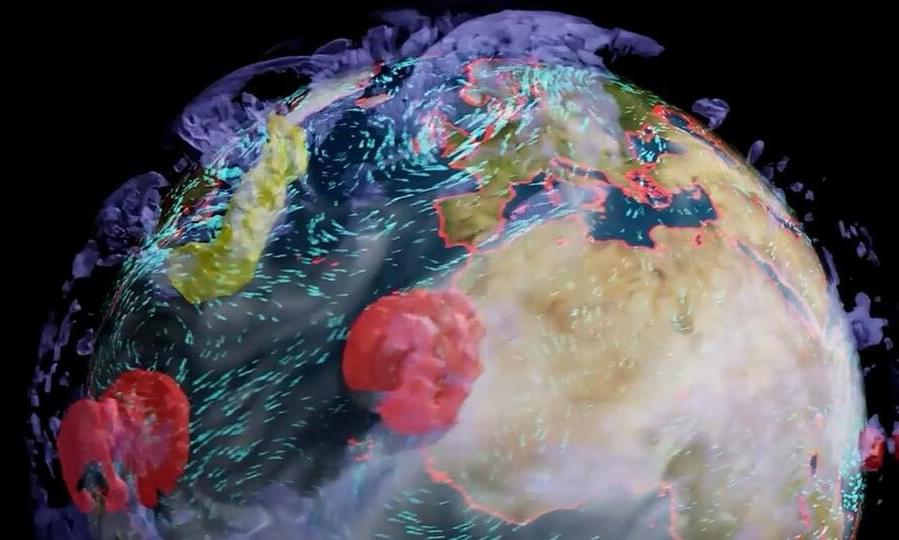Deepsea submersible diving could compete with space tourism.
A form of luxury tourism is hitting the deep sea thanks to a small handful of firms providing state-of-the-art private submersibles to high-paying customers.
One example, Triton Submarines, builds its vessels with a view to maximizing the awe-inducing effect of experiencing the Earth from its watery depths. “A submersible is a visual tool, so the more compelling we can make the visual experience, the more effectively we have done our job,” Triton President Patrick Lahey explains in an email interview.
That description draws comparisons to space tourism, which in the case of Blue Origin and Virgin Galactic, is designed to induce the overview effect in passengers. It’s an effect so profound, Blue Origin and Amazon CEO Jeff Bezos says, that it convinced him to pledge $10 billion towards slowing climate change.
